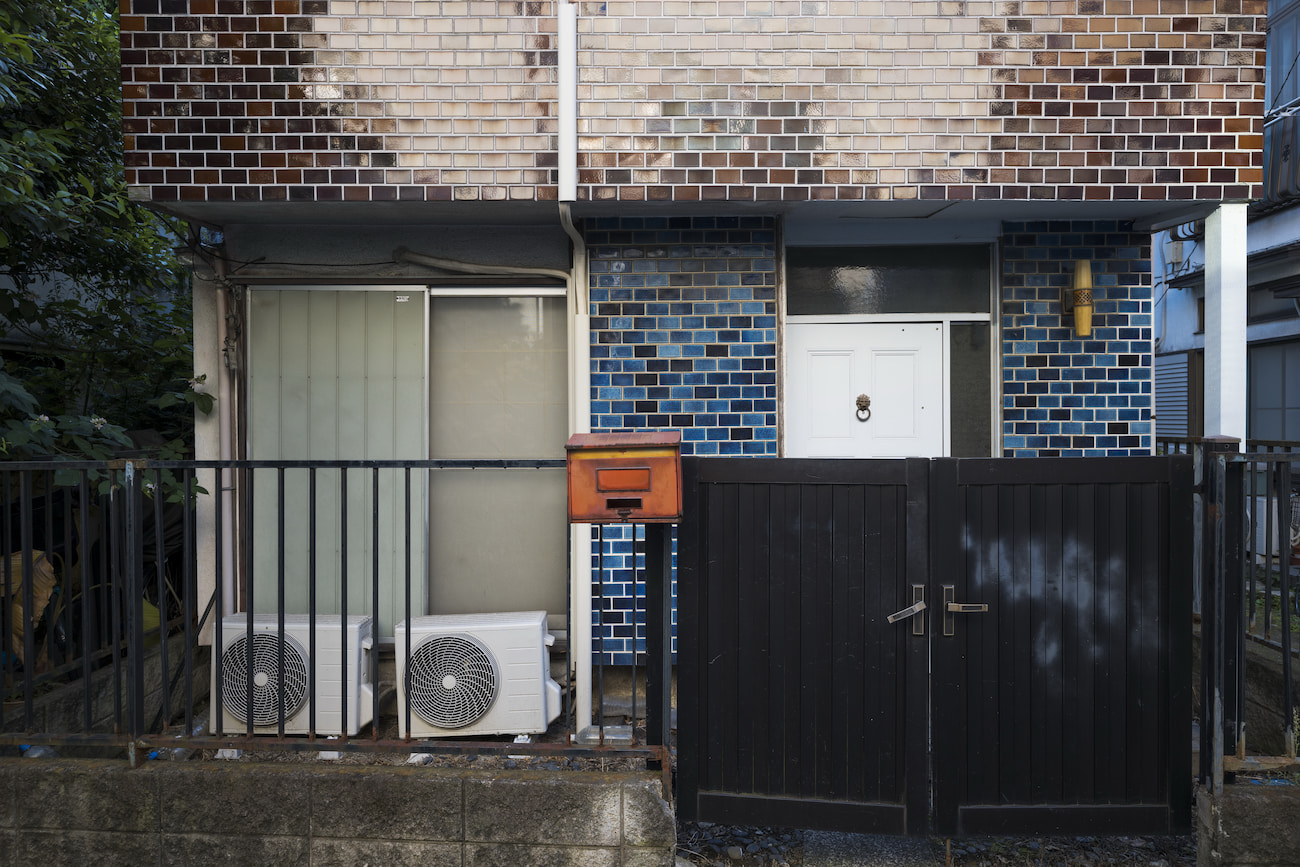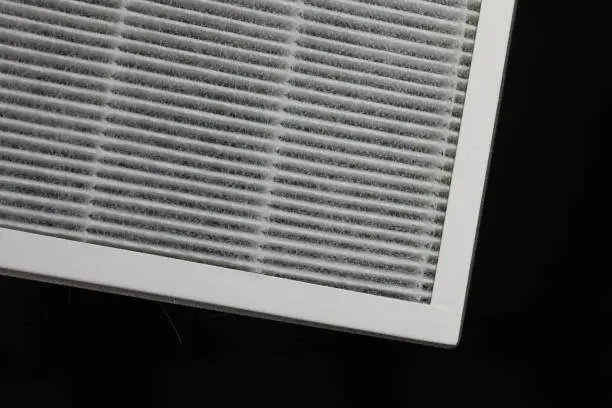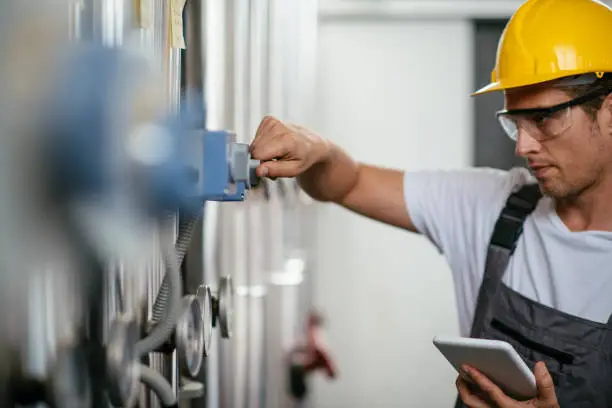
Table of Contents
When it comes to creating a comfortable and energy-efficient indoor environment, ventilation systems play a pivotal role. Proper ventilation ensures that your home or commercial space is supplied with fresh, clean air while also optimizing temperature control. In this article, we delve into two essential ventilation systems: HRV (Heat Recovery Ventilation) and ERV (Energy Recovery Ventilation). We’ll explore what these systems are and highlight the key differences between them. So, if you’re looking to improve your indoor air quality and energy efficiency, read on to discover which system might be the right fit for your needs.
What Is the HRV system?
Let’s start with understanding what is HRV system. HRV, or Heat Recovery Ventilation, is a ventilation system designed to address the need for balanced indoor temperature and fresh air exchange. It is especially well-suited for colder climates where preserving indoor warmth is a priority.
HRV systems operate by transferring heat between incoming and outgoing air streams. In the winter, warm indoor air leaving the building passes through a heat exchanger, where it pre-warms the incoming cold outdoor air. This heat exchange process helps maintain a comfortable indoor temperature while ensuring fresh air circulation. HRV primarily focuses on heat transfer, making it an effective solution for regions with harsh winters.
HRV systems in Canada are known for their energy efficiency in cold climates. By recovering heat from the exhaust air, HRV reduces the need to reheat incoming cold air. This not only conserves energy but also saves you money on heating costs.
What Is the ERV?
Energy Recovery Ventilation (ERV) is another ventilation system that goes beyond HRV by addressing both heat and moisture transfer. ERV systems are well-suited for regions with hot and humid climates where maintaining a balanced indoor humidity level is crucial.
ERV systems work similarly to HRV systems but with an added focus on moisture transfer. They transfer both heat and moisture between incoming and outgoing air streams. In hot and humid climates, ERV systems help pre-cool and dehumidify incoming air, reducing the load on the cooling system and maintaining indoor comfort.
As we just said, ERV systems are often preferred in hot and humid climates. They are also valuable in buildings where maintaining indoor humidity levels is essential, such as museums, libraries, and art galleries.
Key Differences Between HRV and ERV Systems
While HRV and ERV systems may share a common purpose – maintaining indoor air quality and energy efficiency – they possess distinctive features that set them apart. In this part of our guide, we want to unveil these differences, providing you with the insights you need to make an informed choice.
Heat Transfer
HRV systems excel in transferring heat between incoming and outgoing air streams. They are designed to ensure that your indoor space remains warm and cozy, even in the harshest winter conditions. HRV accomplishes this through a heat exchanger that extracts heat from the exhaust air and pre-warms the incoming cold outdoor air. This heat transfer process is a boon in cold climates, helping maintain a comfortable indoor temperature while ensuring fresh air circulation.
While ERV systems also handle heat transfer, they take it a step further. ERV systems transfer not only heat but also moisture, making them highly effective in regions with hot and humid climates. Just like HRV, ERV pre-warms incoming air in the winter, but it goes beyond by offering moisture transfer capabilities, ensuring that your indoor environment remains comfortable in a wide range of climates.
Aspect | HRV Systems | ERV Systems |
|---|---|---|
Primary Focus | Heat transfer | Heat and moisture transfer |
Benefits | Ideal for cold climates | Suitable for a wide range of climates |
Additional Features | N/A | Moisture transfer |
Energy Efficiency
HRV systems are renowned for their energy efficiency, particularly in cold climates. By recovering heat from the exhaust air, HRV reduces the need to reheat incoming cold air. This translates to lower heating costs and reduced energy consumption. It’s the go-to solution for areas where winter heating is a significant concern.
In regions with hot and humid climates, ERV systems shine in terms of energy efficiency. They pre-cool and dehumidify incoming air, reducing the load on the cooling system. This not only conserves energy but also results in cost savings on cooling. ERV offers substantial energy efficiency benefits for those battling high cooling costs in the scorching summer months.
Aspect | HRV Systems | ERV Systems |
|---|---|---|
Energy Saving | Significant energy savings in heating-dominated climates | Substantial energy savings in cooling-dominated climates |
Cost Savings | Lower heating costs | Lower cooling costs |
Climate Suitability
HRV systems are ideal for regions with harsh winters and cold climates. They prioritize indoor heat retention, making them a reliable choice for preserving warmth in the cold months. In colder areas, HRV is often required by building codes to improve energy efficiency and maintain indoor comfort.
ERV systems are versatile and suitable for various climates, but, as we told you before, they are the most effective in hot and humid environments. Their ability to manage heat and moisture makes them indispensable for maintaining comfortable indoor conditions in areas where excessive humidity is a concern.
Aspect | HRV Systems | ERV Systems |
|---|---|---|
Ideal Climate | Colder regions with harsh winters | Hot and humid climates |
Code Mandates | Often required for improved energy efficiency in cold climates | Preferred for humidity control in some areas |
Indoor Air Quality
HRV systems primarily focus on temperature maintenance and air exchange. While they contribute to air quality by ensuring fresh air circulation, they do not significantly address humidity control or advanced air quality improvement. HRV is designed to create a comfortable indoor environment with a balanced temperature.
Meanwhile, ERV systems offer a more comprehensive solution for improving indoor air quality. In addition to temperature control, ERV retains some of the moisture from the incoming air and helps remove pollutants. This makes ERV a preferred choice in environments where air quality is a significant concern or for individuals with allergies.
Find out what are the ideal indoor temperatures in Canada in our previous article.
Aspect | HRV Systems | ERV Systems |
|---|---|---|
Focus | Temperature maintenance | Temperature and humidity control, improved air quality |
Allergy Considerations | Suitable for general air exchange | Preferred for allergy-prone individuals and air quality concerns |
Moisture Retention | Limited | Effective in retaining moisture |
Cost and Maintenance Considerations

When it comes to ventilation systems, it’s essential to consider not only the upfront costs but also the long-term expenses and maintenance requirements. Let’s delve into the cost and maintenance aspects of both HRV and ERV systems.
In general, HRV systems tend to be more cost-effective upfront compared to ERV systems. This cost advantage is due to the simpler design of HRV systems, which generally have fewer components and features. If budget constraints are a primary concern, HRV may be the more attractive option initially.
However, we would like to note that the cost of a ventilation system extends beyond the initial purchase and installation. Both HRV and ERV systems come with operational costs that vary depending on factors such as climate, system efficiency, and usage patterns.
HRV: Economic Efficiency and Maintenance
HRV systems are renowned for their ability to recover heat from exhaust air, significantly reducing the need to reheat incoming cold air in the winter. This results in lower heating costs, making HRV an excellent choice for cold climates.
Also, HRV systems generally have fewer moving parts and are less complex. As a result, they tend to have lower maintenance costs. Routine cleaning and filter replacement are usually sufficient to keep HRV systems running efficiently.
You can find more information about our HRV maintenance services on our website.
ERV: Cooling Savings and Additional Maintenance
In regions with hot and humid climates, ERV systems offer substantial savings by pre-cooling and dehumidifying incoming air. This reduces the load on the cooling system, leading to lower cooling costs. ERV systems are particularly advantageous for buildings where cooling expenses are a major concern.
ERV systems, due to their heat and moisture transfer capabilities, may require more frequent maintenance compared to HRV systems. Cleaning and monitoring are essential to ensure optimal performance. The additional components involved in moisture transfer also contribute to maintenance complexity.
Aspect | HRV Systems | ERV Systems |
|---|---|---|
Upfront Investment (Average) | Typically $1,500 to $3,000 (for a mid-sized home) | Typically $2,500 to $4,000 (for a mid-sized home) |
Operational Costs (Annual) | Approx. $150 to $300 (heating-dominated climate) | Approx. $250 to $400 (cooling-dominated climate) |
Heating Cost Savings (Annual) | Around 15-20% savings on heating costs in cold climates | N/A (since the focus is on cooling savings) |
Cooling Cost Savings (Annual) | N/A (HRV systems are not designed for cooling savings) | Up to 20-25% savings on cooling costs in hot and humid climates |
Maintenance Costs (Annual) | Approximately $50 to $100 (primarily for cleaning and filter replacement) | Around $100 to $150 (due to added maintenance complexity for moisture transfer) |
In summary, while HRV systems are typically more cost-effective upfront, the choice between HRV and ERV also depends on the specific climate and energy requirements. In colder climates, HRV can provide significant savings on heating costs. In contrast, ERV systems are cost-efficient in hot and humid regions where cooling costs are substantial. Additionally, ERV’s increased maintenance needs should be considered when making your decision.
Check out more budget-saving advice in our blog via the link below.
System Integration and Control
Choosing between HRV and ERV systems involves considering not only their technical differences and cost-effectiveness but also their suitability for specific applications and ease of system control. Let’s explore these aspects in more detail.
HRV systems: User-Friendly Integration
- HRV systems are known for their user-friendly control and integration. They are designed to easily integrate into existing HVAC systems, making them a straightforward choice for those looking to add ventilation without significant complexity.
- HRV systems are often recommended for their ease of use, this is why they are one of the most popular options for residential and commercial applications.
ERV systems: Advanced Control
- ERV systems offer advanced control capabilities, allowing users to manage not only temperature but also humidity. This advanced control is especially valuable in environments where maintaining precise indoor humidity levels is essential, such as in museums, data centers, or humidity-sensitive manufacturing facilities.
- ERV systems, due to their advanced control features, may require more complex integration and management. They are suitable for applications where precise humidity control and air quality are paramount.
Aspect | HRV Systems | ERV Systems |
|---|---|---|
Integration Simplicity | Designed for straightforward integration into existing HVAC systems, providing user-friendly operation. | Offers advanced control capabilities, especially for managing humidity, which may require more complex integration and control. |
User-Friendly Operation | User-friendly control and integration, making them ideal for residential and commercial applications where ease of use is a priority. | Designed for advanced control, particularly for humidity management. Suitable for applications requiring precise indoor conditions and air quality. |
Conclusion
In conclusion, HRV and ERV systems both play vital roles in enhancing indoor air quality and energy efficiency, but they are distinct in their capabilities and applications. HRV excels in maintaining indoor temperature in cold climates, while ERV shines in hot and humid environments with its advanced control, particularly for managing humidity.
For expert advice and professional installation of HRV or ERV systems that perfectly match your requirements, contact HVAC Service Solutions. Our team is dedicated to ensuring your space remains comfortable, energy-efficient, and equipped with the right ventilation solution. Reach out to us today for a consultation and enjoy the benefits of improved indoor air quality and energy savings.
Share


















